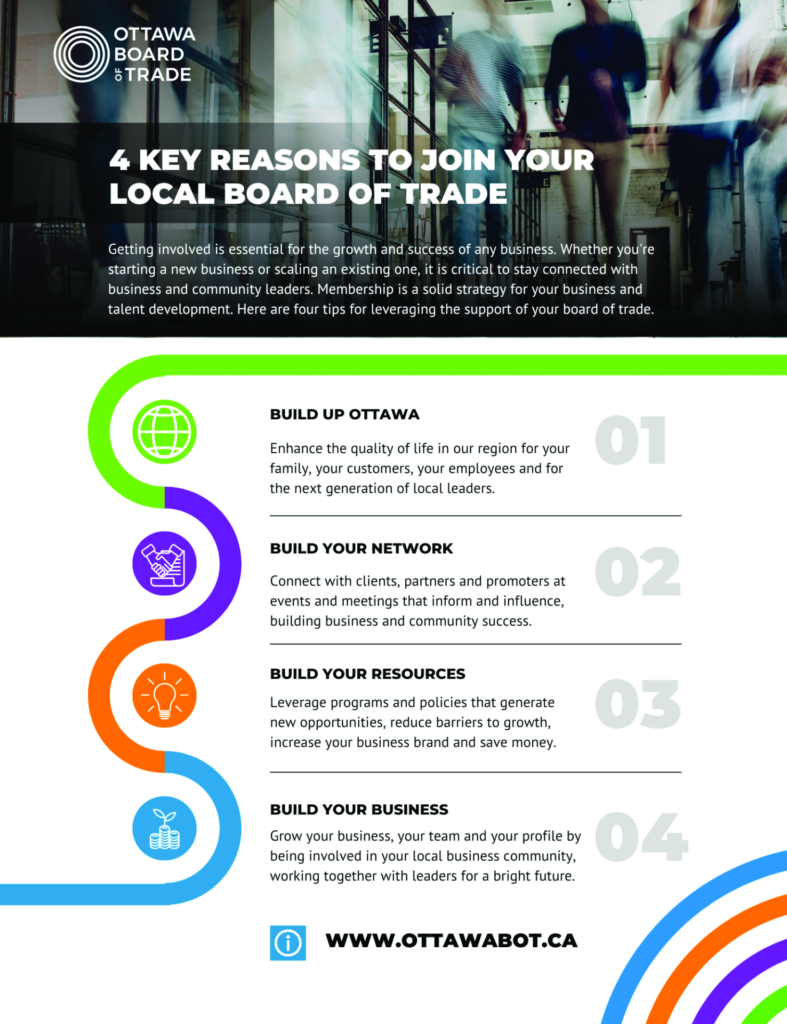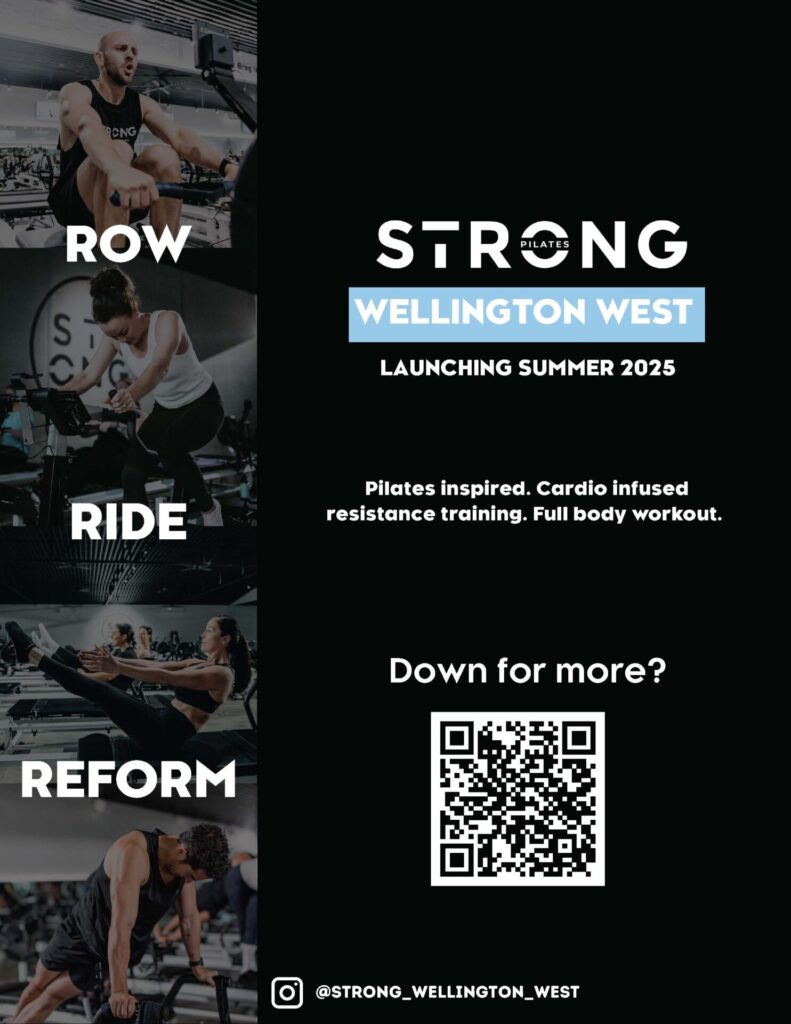Feature: WHAT DOES IT MEAN TO BE A WOMAN IN CANADA IN 2021?

By Anna Williams
It’s a loaded question, with as many answers as there are experiences to make us wonder how others see us and, more importantly, how we see ourselves. For that reason, it’s not a question any Canadian woman can fully answer— but that’s not really the goal, and trying to generalize experience is not how we as a country should spend our time.
In fact, time is of the essence as 2021 launches women into a strange jumble of firsts and all-too-familiars. In short: for people who identify as women in Canada, statistical and anecdotal evidence reveal that as it moves forward, time is rolling back.
As the Covid 19 Pandemic spreads, so does its impact on women— decreasing their economic participation, rewinding advancements in the workforce, increasing caregiving and other domestic duties, and negatively impacting their mental and physical health. These factors also affect women unequally amongst each other, based on considerations such as race, age, gender, ability status, marital status, sexuality, and more— and yes, they affect women disproportionately compared to men. In many cases, COVID-19 draws attention to pre-existing gaps by widening them.
So, what can we do about it?
What matters most is how we focus our efforts. That means being inclusive and empathetic, educating ourselves on the diverse experiences of women in our community and our country, and working together to find and bridge gaps.
Moving forward also means thinking about what we want to bring to future generations of women and girls—and then actually bringing it to them. Easier said than done, right?
That’s true, but so is something else: women are everything they could hope to find within or outside of themselves, with abilities as numerous as their accomplishments, as far-reaching as their imaginations, as strong as their will, as powerful as their emotions, and as limitless as their potential. They can do anything they set their minds to.
Because potential is not limited by gender, and that is a fact. So then, why is opportunity limited based on gender?
Here are some ideas for what we can all do to open doors.
STEP 1: LEARN MORE—ABOUT WHERE WE’VE BEEN, WHERE WE ARE, AND THE DIRECTION WE’RE HEADED
The truth is, women in Canada have been socially distant for some time. The whole time, really. How distant is more than a question of gender. It’s also one of race, age, religion, sexuality, ability status, marital status, and many other factors that co-mingle to determine privilege— or lack thereof.
Privilege greatly affects how each woman experiences life— so it’s hard to understand completely what any one of us is going through. What we do know is that women tend to have more barriers to go through, and that some have more to go through than others. Much of the research at our disposal focuses on women as a general group, and this is useful in certain contexts. But it’s important to note that within this category labelled “woman” exists another system of privilege that varies experience.
And that shouldn’t be news! It won’t be for many people reading this article. But it’s a truth that goes unspoken too often.
“COVID has shown us the areas of our community that we’ve been neglecting,” says Solange Tuyishime, Director of Elevate International, Refugee-Turned-UNICEF Ambassador, and my new hero here in Ottawa. “Hopefully, it’s an opportunity to come together to elevate people who are being disproportionately burdened in our society.”
So how can we do that?
It comes back to being inclusive, empathetic, informed, and active—the Hand, the Heart, the Head, and how we use them. Let’s start with the Head—empowering our minds with facts and stats. Studies show there are also ears in our heads, and listening to the women around you helps, too!
For Context: Before the Pandemic, 2016-2019
Growing Diversity and Chart-Topping Education
The stats:
Women make up a little over half the population of Canada, according to CATALYSTi. They’re growing in their diversity, and it’s projected that more than 30% of women in Canada will be women of colour in 2031i. Canada’s population is also growing and benefitting as a result of International Migration, which hit a record high in 2018 and accounted for 82% of the country’s population growthi. As a result, Canada’s population grew more than that of any other G7 country, doubling the growth of each country that tied for second place: the UK and the USi. And with 30% of Small and Medium-Sized Enterprises (SME’s) being run by new immigrants in Canada, the backbone of our economy is only getting stronger for itii.
So how can we better support those businesses?
“Bringing more attention to the contributions that immigrants are making in our local economy and amplifying…the fact that they are…generating jobs and we are making our city a better place to live…would make you an ally for those immigrant-owned businesses.
And obviously supporting their businesses is Number 1,” says Karla Briones, Serial Entrepreneur; Founder and CEO of Freshii, Global Pet Foods, and Frida’s Attic; and my other new local hero. “Leaving a good review on a website or on Google Reviews can make the world of difference…Liking their social media posts, sharing their social media—because there are different ways of showing support without exchanging dollars.”
They’re strong suggestions—and they’re good for everybody.
Another source of strength that’s good for Canadians? Education—and it’s a particular strength for Canadian women.
According to Randstad, young women in Canada are among the most educated people in history, with Canada being the most educated country in the world and women earning the majority of post-secondary and tertiary degreesiii.
Let’s take a moment to let this information sink in—and appreciate just how much diverse women have to contribute and are contributing to the country’s well-being. It’s no wonder McKinsey found in 2017 that furthering women’s equality in Canada could add a potential $150 billion in incremental GDP in 2026. In case you’re wondering what that kind of impact looks like, it would be “equivalent to adding a new financial services sector to the economyiv.”
However
That same McKinsey study found that the past 20 years has seen a slow crawl towards gender parity that could take between 30 and 180 years to achieveiv. There are several reasons for this, one being:
The Wage Gap
It turns out, according to Randstad, that women in Canada make 74 cents for each dollar earned by their male counterpartsiii. This is true of highly educated women too, who, “despite having a higher share of tertiary degrees…[earned] 73% of their male counterparts’ earnings in 2016i,” CATALYST tells us. Looking into the numbers further, however, things aren’t that cut and dried.
Also in 2016, the Canadian Centre for Policy Alternatives (CCPA) found that racialized women in Canada are paid an appalling average of 59 cents for each dollar white men make—and 88 cents on the dollar when compared with white women, Huffington Post reportsv.
According to Maclean’s, that same study confirmed these numbers haven’t meaningfully improved since the CCPA’s 2011 report, which broke them down to specify that, compared to white men, women of colour average only 64 cents on the dollar and Aboriginal women an even lower 46vi.
It can’t go on, period. So, where are the wage gaps living? CATALYST found that occupational segregation is part of the problem—men are being promoted to higher-level roles and have disproportionate representation in higher-paying industries like construction and STEM-related fields such as AIi.
According to McKinsey, “women are less likely than men to be promoted to the next level at almost every stage of their careers” in corporate Canada, particularly at higher levels from Director to Vice President and beyondiv. (July 2019 saw female CEOs at the helm of only 3.5% of TSX-listed Canadian companies, says CATALYST)i. So what does women’s representation look like?
“Women represent 35 percent of management positions, 28 percent of…(STEM) graduates, 23 percent of STEM workers, 20 percent of small business owners, and 29 percent of elected officials, but they take on 64 percent of unpaid care work and represent 80 percent of single parentsiv.” – McKinsey
Women’s representation needs a lot of work. What’s more, McKinsey learned that the low numbers of women in higher-level positions have nothing to do with lack of ambition or a higher likelihood they will leave their positions—in fact, women are actually less likely to leave the company they’re working foriv.
There is one level where Canadian women are well-represented at the office: Entry, at 50%, according to a second study McKinsey published in 2019vii. That’s lower than the percentage of women experiencing microaggression at work (almost 60%)vii. And, as if that’s not enough, CATALYST confirms that women aged 25 to 34 see a 48% drop in wages the first year after having a child, and younger women 25-29 find an additional 14% decrease in the five years followingi.
So, how much money are women really losing? On average, according to Randstad, the loss of lifetime earnings could buy a house—totaling a jaw-dropping $706,500iii. But, as we know, the average doesn’t tell the whole story. Now, COVID-19 is telling it for us.
During the Pandemic, 2020-2021
Old Ways and New Waves Create Growing Concern
So, what has changed for women since COVID-19 began?
Well, existing disparities have grown, turning time far enough back on women’s advancement to impact their mental, physical, social, and economic wellbeing for years to come, according to the Journal of Obstetrics and Gynecology Canadaix. Racialized women and new immigrants are at particular risk in these areas, the Canadian
Women’s Foundation learnedx. Let’s take a look at what’s going on.
Work Life Becoming Home Life
The stats:
It happened right away: “More than 20, 000 women left the workforce between February and October while about triple the number of men joined it,” according to a Royal Bank report cited in one CBC articlexi. Two thirds of those women are mothers of children 5 years of age or younger who previously made up 41% of the labour forcexi.
Statistics Canada’s take? Part of the reason may be that women had access to more supportive services that allowed them to work before the pandemicix. These include “childcare, senior care, and assistance with domestic duties and meal preparation, the additional household demands that have disproportionately fallen on womenix.”
Now, “the pandemic has pushed women’s participation in the labour force down to its lowest level in three decades,” unlike prior recessions which saw more men laid off, says Dawn Desjardins, who co-authored the Royal Bank studyxi. Do you remember that low representation of women in the workforce we looked at? With the pandemic, it’s getting even lower.
What’s more, many female entrepreneurs are being inadvertently excluded from eligibility for the financial assistance programs offered by the Government of Canada, according to a report conducted by the Women Entrepreneurship Knowledge Hubxi. Also ineligible for emergency government assistance are many of the immigrant women who “encounter deskilling, downward career mobility, underemployment, unemployment and talent waste, and find themselves in occupations that are not commensurate to
their education and experience,” says the Conversationxiii.
For the latter, the impacts of COVID-19 also include a delayed start to their careers in Canada, an interruption to or reversal of their career trajectories, and a struggle to maintain work/life balancexiii.
These impacts will likely have long-term consequences affecting their abilities to gain experience in their industries—potentially funneling them towards frontline, low-level work often occupied by disadvantaged groupsxiii.
Speaking of frontline work, it presents disproportionate risks to women’s health and well-being during the pandemic. Let’s talk about that for a moment.

Karla Briones, Founder and CEO of Freshii, Global Pet Foods, and Frida’s Attic delivering food to local hospitals.
Health and Well-Being
While countries across the world see more men die from COVID- 19, Canada is the notable exception, according to Global News and the Public Health Agency of Canadaxiv. In Ontario and Quebec, the provinces with the highest case counts and the most casualties, the disproportionate impact of the pandemic on women is even more obviousxiv.
A few reasons for this potentially centre around long-term care homesxiv. Women have a higher life expectancy and make up a larger number of patientsxiv. On the flip side, more women gravitate towards care-giving professions and see high representations on the front lines as nurses and PSW’sxiv. Many of these frontline care workers are women of colourxiv. Long-term care homes, as we are all too aware by now, have been badly hit by the pandemic in Canada— other countries by comparison have not experienced this to the same extentxiv.
The impacts of COVID-19 on women’s health and well-being, however, go beyond the virus itself, and they’re feeling the effects keenly. Gender-based violence is a growing concern around the world as women isolate at home, and shelters here in Canada are seeing more frequent useix.
What’s more, the Royal Ottawa and the Centre for Addiction and Mental Health (CAMH) have both presented findings split along gendered lines, with women reporting more heightened feelings of anxiety and loneliness .
With what we’ve learned about the increased pressures at work and home, is it any wonder women are feeling a disproportionate decline in their mental health?
Microaggression: a statement, action, or incident regarded as an instance of indirect, subtle, or unintentional discrimination against members of a marginalized group such as a racial or ethnic minority (Oxford English Dictionary)viii.
“I’ve been in business for 12 years but I’m also a woman. I’m also a mom. I’m a partner. I’m a daughter…the best advice I got was that it’s okay to be vulnerable. And actually, vulnerability equals strength. It doesn’t equal weakness as…a person, as a woman, as an anything. It’s okay not to be okay.” -Karla Briones
There’s only so much a person can juggle! After a year like this one, it’s understandable to feel overwhelmed. Scratch that— it’s human. The bottom line: take care of yourself, and keep checking in with your support system. It’s hard to do much of anything when you’re running on vapours. Once you’ve had a breather, you’re ready for Step 2.
STEP 2: EMPATHIZE—WITH THE WOMEN IN YOUR FAMILY, IN YOUR COMMUNITY, AND BEYOND
Remember that part from earlier, that to uplift each other means being inclusive, empathetic, informed, and active? That it comes back to the Hand, the Heart, the Head, and how we use them…
Well, we just used our heads—and I know those statistics don’t exactly feel uplifting. They’re a lot to take in, they’re a lot to sit with, and they were never going to sit well (as they shouldn’t!)
A lot of people reading this have probably experienced many of those challenges firsthand. So that heavy feeling in your chest is as expected as it isn’t comforting!
That knowledge and feeling are also important for moving forward. And just as important: you’re not alone in this! Which brings us to empathy and community leadership—the Heart.
Empathy and Community Leadership
Listening and researching more about the diverse experiences of the women around us makes it easier to imagine how they might feel and to offer support. It’s part of why empathy and leadership are connected. Empathy isn’t just about trying to understand someone’s feelings out of solidarity—though that holds tremendous value.
Rather, empathy also shows us how to empower individuals and communities.
“When we’re strong locally and we unite locally and you know what your neighbour is feeling…you’re able to jump in and help at that level,” says Solange. “So how are we making sure that everyone is safe, is healthy and is also thriving? And then we take those tools and we share them with everyone else, because this is all about sharing.”
So, empathy on its own may not make everything better—but it does offer some good leads towards progress. It goes to show that great leaders don’t just use their heads: they use Heart, too.
“Yeah, heart-centred leadership is my thing!” says Solange, smiling. “It starts right here from within. Who are you as a human being? As a leader, if you’re not continuously seeking to be better, to know more so that you can do better, then you’re sort of cheating the people you’re leading. Because I think with time we get to know things that are right or that aren’t right.”
So, if you feel you could be better and you’re still trying to make it happen, it doesn’t mean you aren’t cut out to uplift yourself and others. What’s more, if you’ve been feeling overwhelmed lately, it doesn’t mean you aren’t cut out to be a leader. Quite the opposite, actually: leaders understand how to lead people by being human, and that means vulnerability. It’s something Karla really believes in.
“Vulnerability can give you power,” she says. “It’s okay to be tough and it’s okay to be strategic and it’s okay to be ambitious, but it’s also okay to be soft and intuitive and intentional and heart-centred. So it’s like you can wear a tie, but also wear your crown, too. And I just want to make sure that women are not afraid of really leading from that feminine side.”
Women may be in a tough spot right now—some even more so than others—trying to navigate circumstances both within and outside of their control. But this doesn’t make them any less capable.
In truth, they’re poised to be strong leaders who uplift themselves and their communities, perhaps now more than ever.
With knowledge, empathy, and leadership potential through the Head and the Heart, only one step remains: reaching out.
STEP 3: LEND A HAND OR ACCEPT ONE—TO LIFT WOMEN UP AT HOME, IN OUR COMMUNITY, AND BEYOND
Many hands make light(er) work. Luckily, the National Capital Region has a strong, steady, and caring community of professionals, volunteers, and neighbours making it a better place to live. If you, your business, or your support system need a boost, there are resources at your disposal.
Want to lend a hand?
You can always donate, volunteer, spread the message, or share some of these resources! Or, you can start with some honest conversations. When all is said and done, learning, empathizing, and reaching out is what this is all about.
i. CATALYST; catalyst.org; August 19, 2020; Women in the Workforce – Canada: Quick Take
ii. Karla Briones Consulting; karlabriones.com; About Karla Briones; By Karla Briones
iii. Randstad; randstad.ca; May 14, 2019; Surprising Stats About Women in the Workplace
iv. McKinsey & Company Canada; mckinsey.com; June 2017; The Power of Parity: Advancing Women’s Equality in Canada
v. Huffington Post; Huffpost.ca; 12/10/2019; Canada’s Racial Gap On Income, Wealth Isn’t Getting Any Better: Study; By Daniel Tencer
vi. Maclean’s Magazine; Macleans.ca; February 8, 2018; For women of colour, there’s a gap within the pay gap; By Melayna Williams
vii. McKinsey & Company Canada; mckinsey.com; June 2017; The Power of Parity: Advancing Women’s Equality in Canada
viii. Oxford English Dictionary
ix. Journal of Obstetrics and Gynaecology Canada; jogc.com; December 01, 2020; Women’s Issues in Pandemic Times: How COVID-19 Has Exacerbated Gender Inequities for Women in Canada and around the World; By Innie Chen, MD, MPH & Olga Bougie, MD, MPH
x. Canadian Women’s Foundation; canadianwomen.org; The Facts: Women and Pandemics
xi. CBC.ca; Women exiting workforce faster than men, childcare playing big role; Posted: Nov 19, 2020
xii. Entrepreneurship Knowledge Hub; wekh.ca; The Impact of COVID-19 on Women Entrepreneurs Report
xiii. TheConversation.com; Posted November 2, 2020; Immigrant women are falling behind during the COVID-19 pandemic; By Amrita Hari & Luciara Nardon
xiv. GlobalNews.ca; Posted May 17, 2020; More Canadian women have COVID-19 and are dying as a result. Here’s some possible reasons why; By Olivia Bowden
xvi. Centre for Addiction and Mental Health; camh.ca; Posted 14.Oct.2020; COVID-19 pandemic adversely affecting mental health of women and people with children; Ongoing national survey.























